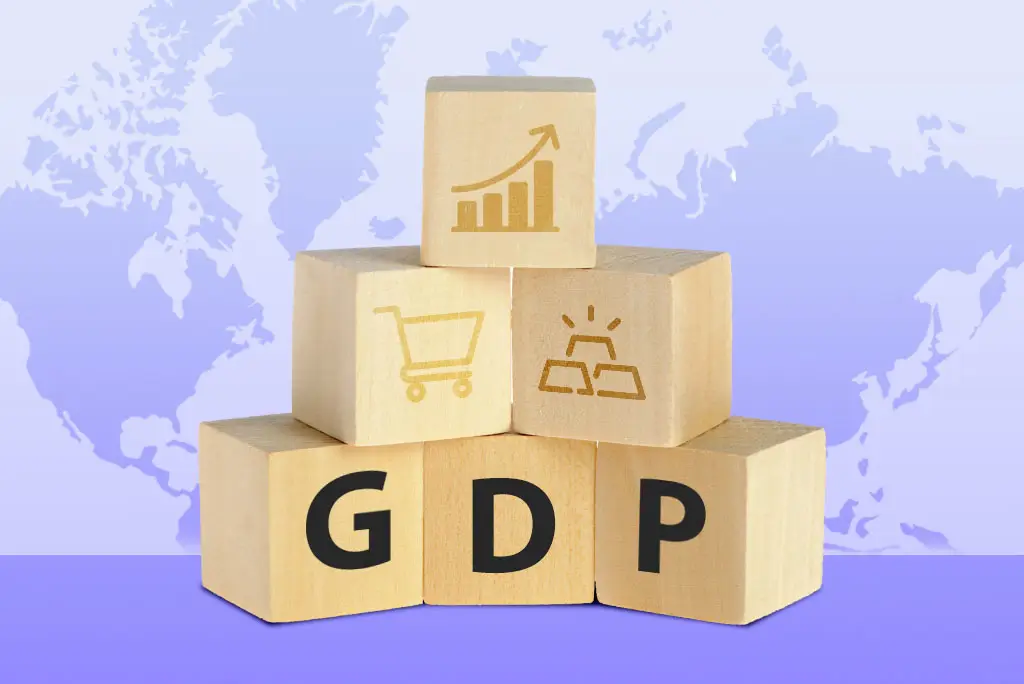The World Bank has decreased its estimate for India’s economic growth in the fiscal year 2023-24 from 6.6% to 6.3%. The bank cites a decrease in consumption caused by slower income growth as the reason for the adjustment.
The Reserve Bank of India’s 250-basis-point hike in interest rates since May 2022 has been causing an increase in borrowing costs in India. This increase in borrowing costs is expected to impact private consumption growth.
The World Bank’s report indicates that the government’s consumption growth will likely slow down. This is because of the removal of pandemic-related fiscal support measures. Additionally, the World Bank had estimated a growth rate of 6.9% for India in the previous fiscal year.
The current account deficit is expected to narrow
The World Bank has stated that the current account deficit will likely decrease to 2.1% of the GDP for the ongoing fiscal year. This is less compared to the 3% estimated in the previous year. The bank attributed this shift to the substantial growth of service exports and a reduced merchandise trade deficit.
India’s services exports have been a major contributor to the country’s economic growth in recent years. The services sector is an important source of employment and foreign exchange earnings for India. We can attribute the growth in services exports to factors such as India’s skilled workforce, cost competitiveness, and the government’s push to promote the sector. Experts believe that the growth in services exports will continue to drive India’s economic growth in the coming years.
The services surplus, which deducts imports in the category, escalated by 39.21% to a record $38.7 billion. Thus, the current account deficit shrinks to $18.2 billion, or 2.2% of the GDP.
Fiscal Deficit Reached 82.8% of Full-Year Goal by February’s End
By the end of February, the federal government of India’s budget deficit had reached 82.8% of the full-year objective. The government aims for a deficit of INR 17.55 lakh crore. This equals 6.4% of GDP for the fiscal year 2022-23. We anticipate that the withdrawal of financial support measures related to the pandemic will reduce the growth rate of government consumption. Consequently, the World Bank estimates that government consumption will expand at a slower rate.
Factors affecting growth
One of the factors contributing to the moderation of India’s economic growth is the rising inflation rate. The inflation rate in India has been steadily increasing in recent months. It reached 5.7% in February 2023, the highest over three years. To tackle this, the Reserve Bank of India raised interest rates by 250 basis points since May 2022. Thus, making borrowing more expensive and slowing down consumption. A combination of factors has driven inflation. This includes higher fuel prices, supply chain disruptions due to the pandemic, and rising food prices.
Another factor affecting India’s economic growth is the government’s withdrawal of pandemic-related fiscal support measures. The government provided significant financial support to households and businesses during the pandemic. This was done to help cushion the impact of the economic slowdown. However, with the economy recovering, the government is withdrawing some of these support measures, which could dampen growth. The World Bank has projected that government consumption will grow slower due to this withdrawal of fiscal support. Despite the challenges faced by the Indian economy, some sectors have shown positive signs of growth.
Fueled by IT services and more profitable offerings like consulting, research, and development, India’s services exports have been performing well. Services exports reached a record $83.4 billion in the October-December 2022 quarter. Thus, growing by 24.5% year-on-year. Experts expect this surge in service exports will protect the economy from external risks since the slowing global economy will likely impact the country’s merchandise exports. Additionally, experts predict that services exports will expand and surpass goods exports by March 2025.
